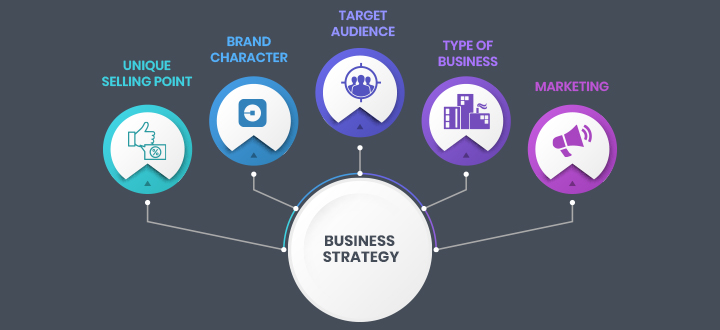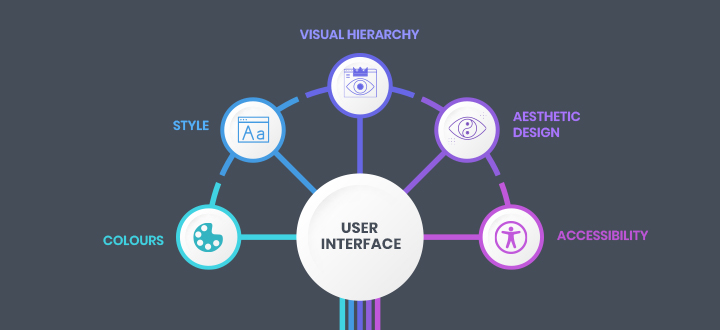

Dhivakaran CB
The Top E-commerce Success Factors
There are multiple challenges faced by e-commerce businesses today. Some of the essential factors affecting them are identifying the unique products, reaching the right customer, maintaining the targeted traffic, converting them to buyers, and retaining them by choosing the right technology and partners to achieve profitable long-term growth. The three most essential e-commerce business success factors are:
- Business Strategy
- User Experience
- User Interface
Business Strategy

USP– Unique selling point e-commerce experience should always revolve around USP.
Brand Character– What character should your e-commerce platform represent? Is the brand fun or official? How does your brand communicate to the audience?
Target audience– Define target audience of an age group, a career, or culture. It will help you create an effective platform to sell products to the targeted audience.
Type of business– Design experience depends on the business type like B2B, B2C, C2C, B2G, etc.
Marketing- Collaborate with the designers and the marketing team members to have a consistent outlook.
User Experience
The usage of the product depends on the features that help users identify and buy products and services. User experience methodologies make the customer’s journey hassle-free. Without excessive clicks, decreased load time, the frustration of not getting feedback from the system, and other factors improve user experience. Users’ expectation in an e-commerce site that is faster, easier, and more convenient when compared to going to the actual store.
When the user experience fails, they will look for it elsewhere and move away from your website. 80% of users own smartphones in the global population, mobile compatibility is a must while designing an e-commerce website. With responsive design, single sites are easier and more efficient to manage. In addition, the administration interface is flexible and optimized so that business owners can access it at all times and on any device. Below are some essential things to consider when designing or revamping your e-commerce site. They are:
Intuitive Navigation
Rich Product Content
Shopping Cart and Checkout
User Interface

- Choose colours that represent the brand image and boost emotional feedback
- Setting the style blending to the nature of the business offer: by seeing the website, a user should immediately understand its business
- Visual Hierarchy is the essential zone of interaction that is immediately noticeable
- Aesthetic design benefits positive user experience
- By following accessibility standards, you can ensure that there are fewer obstacles for customers to interact with your eCommerce site
Conclusion
An e-commerce platform with a planned strategy coupled with a great user experience and aesthetically designed interface put together draws potential customers and puts your business in the spotlight. Apart from being attractive, your e-commerce site should also be user-friendly and provide customers with a hassle-free shopping experience.
Consumers are becoming more conscious of the environment, and in turn, they are helping boost green consumerism. In the current market, there are a lot of businesses considering going green by using biodegradable packaging, going paperless, and using recyclable materials to be more environmentally friendly. An easy-to-navigate and seamless checkout process on any device with universal standards will always help your business retain customers and attract newer ones.





